
Kaluk, a lovely village nestled in the lap of the Himalayan foothills in West Sikkim at an altitude of 1620 feet, is famed among travelers for its surreal natural beauty. Away from the hustle and bustle of city life, Kaluk provides visitors with a spectacular view of Mt Kanchenjunga. It is one of Sikkim's windiest regions, including attractions such as the Durga Mandir, Rinchenpong Monastery, and Megi Dara. The government of Sikkim has designated Kaluk as an eco-tourism thrust region in the state.
You will be able to see Kaluk as well as all the nearby tourist attractions with ease if you take a well-planned package. The package will be totally customizable, and all amenities, such as meals, pre-booked hotels, cars, and more, will be included. For a well-planned schedule, contact us right away.
Being surrounded by the renowned Barsey Rhododendron Sanctuary, Kaluk is blessed with a variety of natural resources. When visiting Kaluk, visitors can catch a taste of the traditional culture that the Lepchas people from the nearby villages have managed to successfully preserve. The only source of income for the residents of Kaluk in the previous year was horticulture, but since the area was designated as an eco-tourist destination, tourism has taken over as their main source of income. The location in western Sikkim known as Kaluk provides a 180-degree vista of Mount Kanchenjunga and its surrounding peaks.
The alpine forest of Kaluk is rich in flora and fauna making it an ideal destination for all nature lovers. Kaluk is a place amidst nature free from the polluted air and hassle of the tedious city life. Trek through the lovely Varsey Rhododendron Sanctuary and let the riot of rhododendron blossoms' vibrant blooms soothe your senses as you take in the stunning Kaluk backdrop of Mt. Kanchenjunga. When visiting Kaluk, where visitors can receive a glimpse of heaven on earth, they can learn more about the Lepcha culture while filling their lungs with pure air.
Singshore Bridge - Singshore Bridge, near Pelling in West Sikkim, is regarded to be Asia's second most notable bridge, with a span of 198 meters and 220 meters inside and out. When you look down from this structural marvel, you will feel a shiver run down your spine. You'll see the extension swaying and swinging as cars pass through the scaffold one by one. When you glance down, it's terrifying, but the place has a mesmerizing charm to it.
Pemayangtse Monastery - It is one of Sikkim's oldest monasteries, having been built in 1705. Tibetan canvases adorn the entryways and divisions of the monastery. Pemyangtse Monastery is part of the Buddhist Circuit, which begins in Yuksom's Dubdi Monastery. The statue of Guru Padmasambhava (also known as Guru Rinpoche), who reinstated Buddhism in Tibet, may be found in the main petition corridor. There are roughly six divinity symbols painted in a riot of colors.
Rabdentse Ruins - It is undoubtedly a must-see in Kaluk for history buffs. Rabdentse, located on a ridge near Upper Pelling, was the former capital of Sikkim from 1670 to 1814. The Gurkha invasion destroyed it, and now only the ruins of the royal home remain. The Archeological Survey of India has declared the remaining parts of the royal house to be of national significance. The ruins provide panoramic views of Kanchenjunga. From every angle, the site exudes otherworldliness.
Every season has its own charm in Kaluk but the best season to relish the beauty of Kaluk is during April when the rhododendron flower blooms covering the valley in a wonderful shade of red and aromatic fragrance which is bound to leave you spellbound. The winter season, which lasts from mid-September to mid-December, is ideal for people who want to see the snow-capped Himalayan pinnacles.
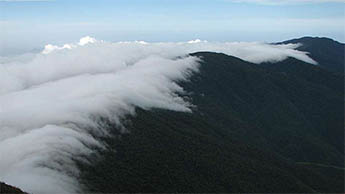
Perched on the rugged terrain of the lower Himalayas in East Sikkim at an altitude of 10100ft, Zuluk or Dzuluk
View Details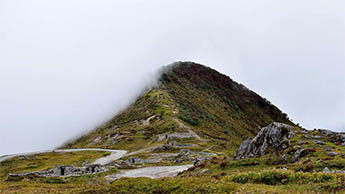
At an altitude of 13500ft Nathang Valley or Gnathang Valley is popularly known as the 'Ladakh of East India'
View Details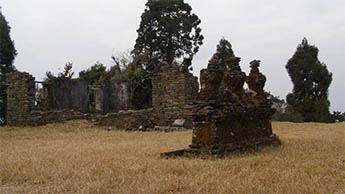
Situated in the West Sikkim about 40km from Gangtok is Rinchenpong a cool and calm hamlet popularly
View Details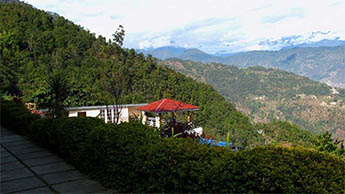
Nestled on the lap of Himalayan foothills in the West Sikkim is a picturesque village called Kaluk
View Details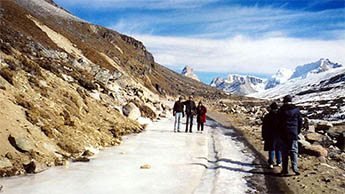
Located in North Sikkim at an altitude of 13500ft nearly 144 kilometers away from lively and warm town Gangtok is a small valley
View Details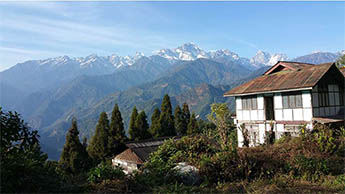
Far away from the maddening city crowd amidst the pristine nature of the south Sikkim, Borong at an altitude of 5800ft has
View Details
Teesta Bazar is a small town located 4km downstream from the industrial town Melli on the right bank of River Teesta
View Details
Over the past decade there has been several trade routes, which played a major role for the rise of international trades round
View Details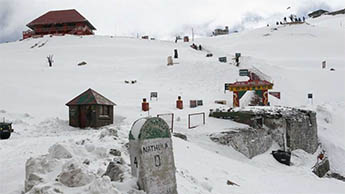
Sited at a distance of 56kms from Gangtok in Eastern Sikkim, Nathula is a mountain pass on the Indo-Chinese
View Details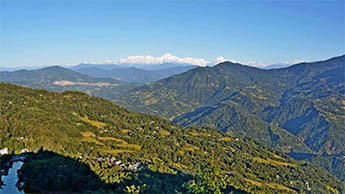
Perched on a hilltop above the Dalapchand village under the Rongli Sub-Division of Eastern Sikkim sited adjacent to one of
View Details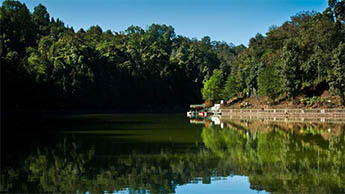
Located on the edge of Himalayas in the East Sikkim at an altitude of 1498mt is a quaint village called Aritar
View Details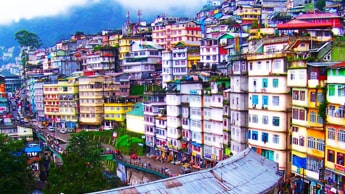
At an elevation of 1,650 meters, Gangtok is Sikkim's largest and the most popular town with full of tourist attractions.
View Details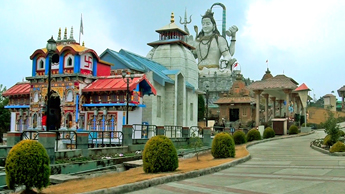
Namchi is a pictorial landscape in South Sikkim situated at an elevation of 1,315 metres.
View Details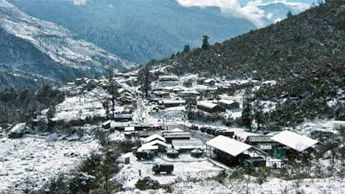
Lachen is one of the vibrant yet less explored places in Sikkim at an elevation of 2750 meters.
View Details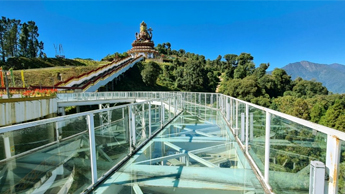
Approximately 115 km distance away from Gangtok, Pelling is a perfect hideout for tourists.
View Details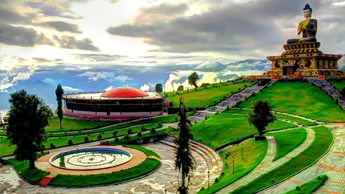
At an elevation of 7000 feet above sea level, Ravangla is a perfect hill station for travelers.
View Details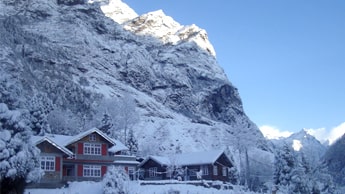
Lachung is a small hamlet in Sikkim surrounded by and is blessed with breathtaking tourist attractions.
View Details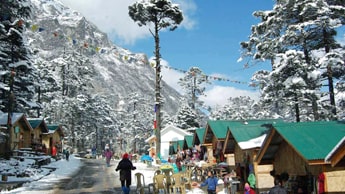
Yumthang in Sikkim offers ethereal beauty and spectacular Himalayan views which makes it a must-see destination.
View Details
At an elevation of 17000 feet, Gurudongmar Lake is a serene lake in northern Sikkim.
View Details